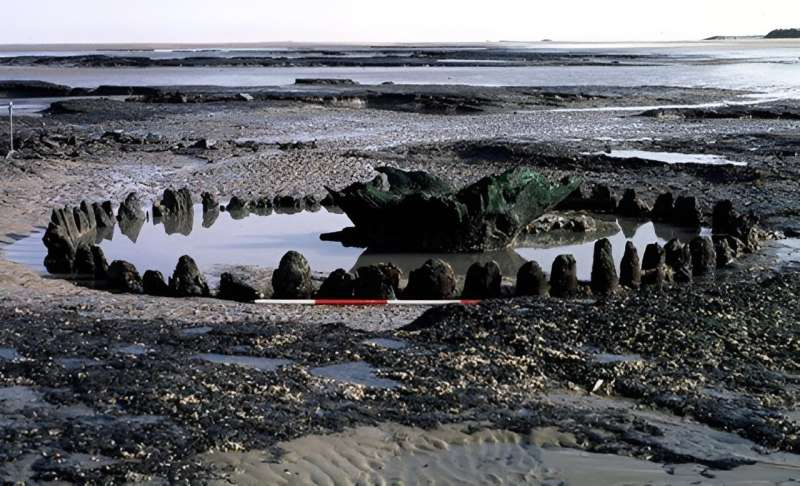UK's 4,000-year-old mysterious 'Seahenge' structure finally decoded [View all]
Researchers estimate strange structure built using timbers dating from Spring 2049 BC
Vishwam Sankaran
8 hours ago
A 4,000-year-old timber circle on a Norfolk beach dubbed the “Seahenge” was built after a period of extreme climate degradation at the close of the third millennium BC, a new study has found.
The mysterious ancient structure was first revealed in 1998 by the shifting sands of Holme-next-the-sea beach on the north Norfolk coast.
It consists of an upturned tree stump surrounded by 55 closely fitted oak posts and was originally built on the salt marsh away from the sea. Researchers estimate it to have been built using timbers dating from 2049 BC.
The strange structure was positioned such that dunes and mud flats protected it from the sea. A layer of peat which slowly covered the timbers also protected them from decay over thousands of years. There is a second, adjacent ring centred on two oak logs laid flat, which is also dated to the same year.
Previous research hypothesised that the structures may have been erected to mark the death of an individual. Other theories suggested they were used for special sky burials in which the dead would be placed inside to be pecked and carried away by carrion-eating birds.
Now, a new paper concludes that the Seahenge and the adjacent circle may have been constructed during a bitterly cold climatic period as a ritual to extend the summer and return to warmer weather.
. . .

Holme I timber enclosure with central inverted oak stump (Mark Brennand)
More:
https://www.independent.co.uk/news/science/archaeology/seahenge-norfolk-uk-mystery-archaeology-b2556870.html
